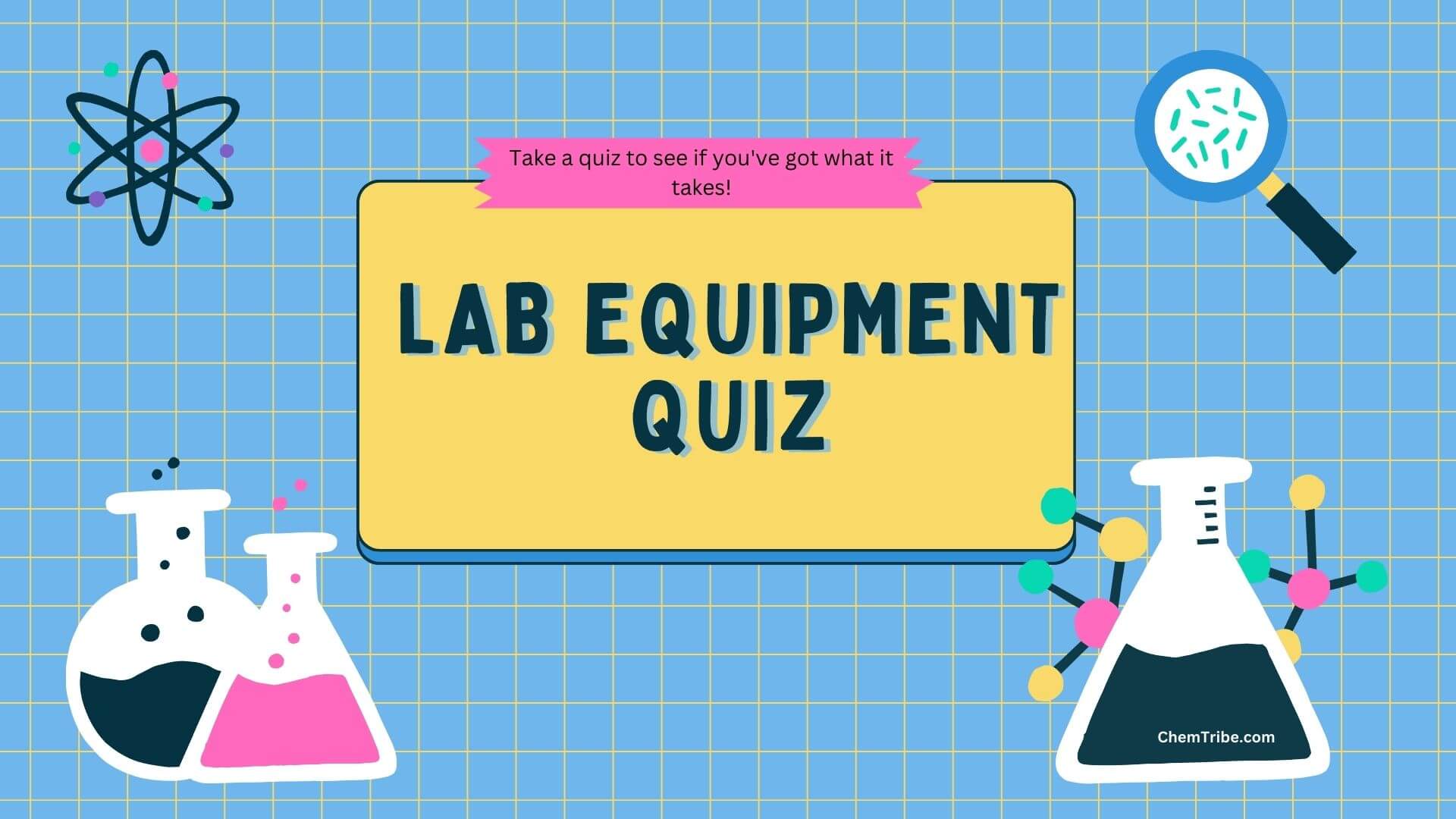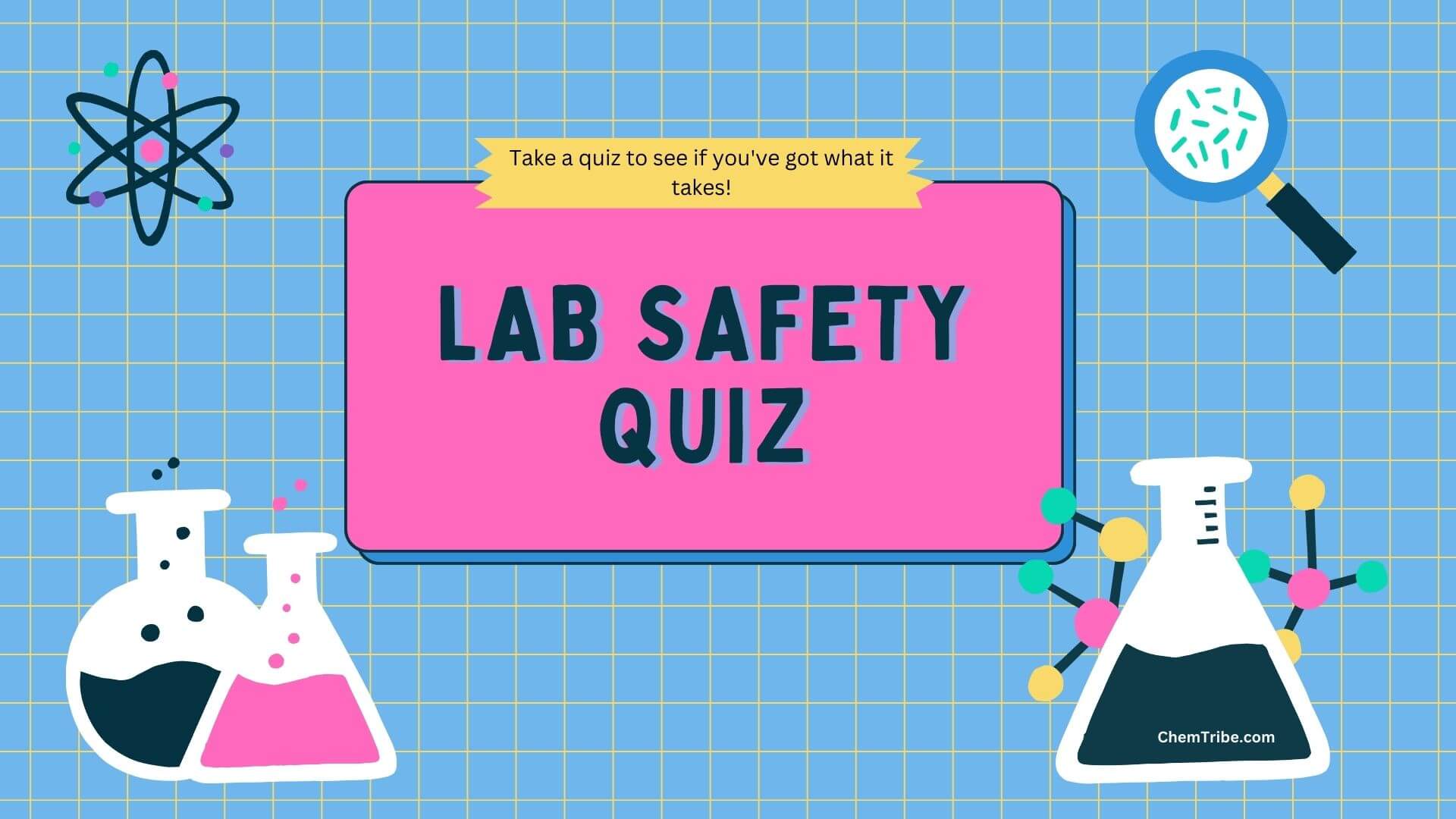 Kevin
Kevin
Lab Equipment Worksheet
Worksheet Description There are many laboratory apparatuses that you will find in modern chemistry laboratories. This worksheet serves as a valuable activity for students to familiarize themselves with various laboratory equipment and understand their roles in conducting experiments. It includes exercises that require students to identify and name different lab equipment, match equipment with their … Read more
Lab Safety Word Search Puzzle
Word Search Description The laboratory is a setting where accidents are more likely to occur. Therefore, when conducting any experiment, it’s crucial to adhere to specific rules to ensure the safety of everyone in the laboratory. To be safe in the lab, learners need to remember basic laboratory safety rules for students. Why not develop … Read more
Lab Safety Crossword Puzzle
Puzzle Description The laboratory is a setting where accidents are more likely to occur. Therefore, when conducting any experiment, it’s crucial to adhere to specific rules to ensure the safety of everyone in the laboratory. To be safe in the lab, learners need to remember basic laboratory safety rules for students. Why not develop confidence … Read more
Lab Safety Worksheet
Worksheet Description The laboratory is a setting where accidents are more likely to occur. Therefore, when conducting any experiment, it’s crucial to adhere to specific rules to ensure the safety of everyone in the laboratory. This worksheet is designed to help students review safety protocols and promptly identify any safety concerns within the lab. It … Read more
States of Matter Word Search
Word Search Description Matter exists in three main states depending on environmental conditions like temperature or pressure. These include Solid, Liquid, and Gaseous states. These three states of matter have different properties. To become more familiar with the behavior of matter, learners need to remember properties of different states of matter. Why not develop … Read more

